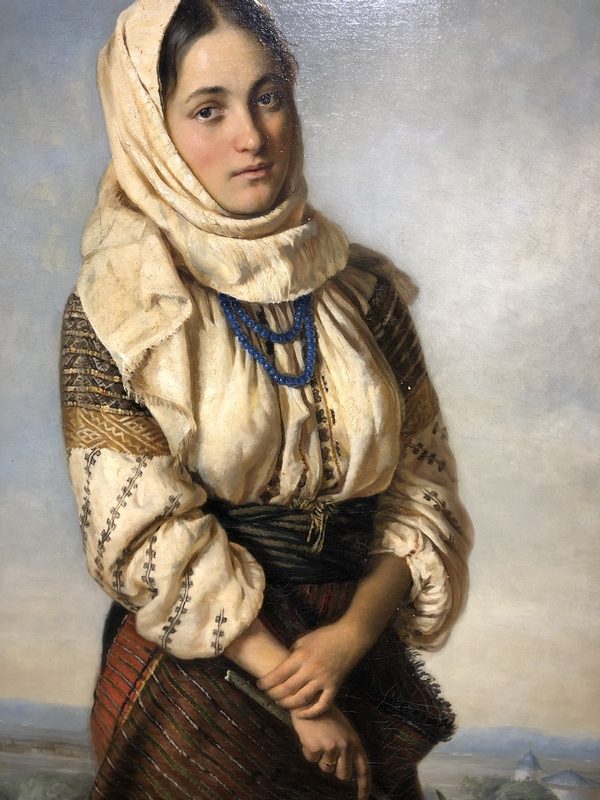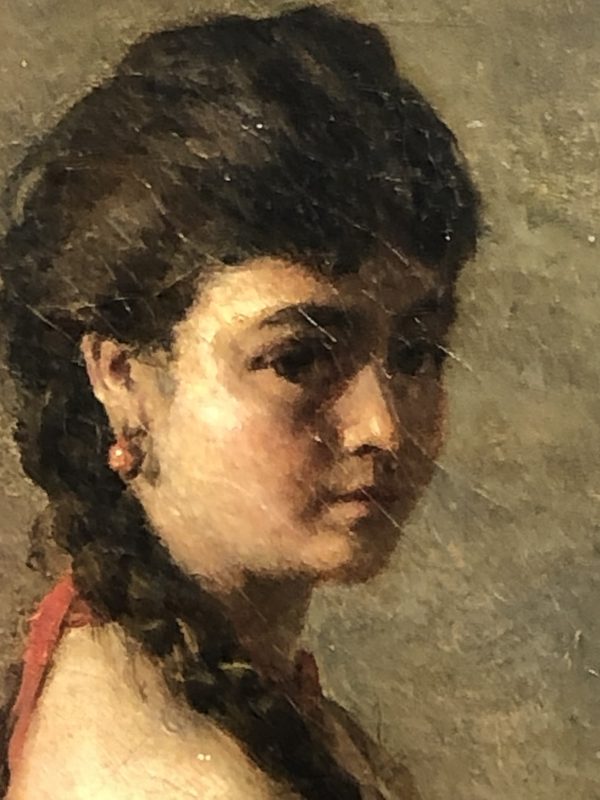The Iasi Art Museum displays an impressive collection of paintings, sculptures and decorative art objects. The museum was founded in 1860 and holds over 8,000 works of art. It exhibits a variety of works, from ancient Greek vases to contemporary Romanian art.
It is located in the impressive Palace of Culture and is open Wednesdays to Sundays from 10am to 5pm at 1 Piata Palat Street.
A notable aspect of the museum’s collection is the presence of jewelry in many of the paintings. Jewelry was used as a symbol of wealth, status, and power and was often included in works of art.
Today, contemporary jewelry has gained popularity in the country. More and more artists are experimenting with new materials, techniques and designs. The evolution can be seen at events such as the AUTOR Fair. This is where the latest trends and innovations in contemporary jewelry are presented.
In this article, we explore some of the artworks at the Iasi Art Museum.
How is jewelry used and what significance does it have in the context of art and culture?
One of the most evocative pieces in the Iasi Art Museum is Constantin Stahi’s “Young Peasant Girl”, a captivating portrait of a young peasant girl. What may be less obvious is the beautiful necklace of blue pearls adorning her neck. The necklace adds a touch of elegance to the otherwise simple and traditional outfit, creating an interesting contrast between the two elements. It’s a demonstration of jewelry’s ability to elevate and enhance the beauty of even the most ordinary things.
In Stefan Dimitrescu’s “Portrait Study”, the woman’s portrait is made more prominent by adding a necklace or a “salbă”, as it is known in Romania.

In Romanian, the necklace worn by the peasant woman in “Portrait Study” is called “salbă“, a type of traditional jewelry worn around the neck, consisting of one or more strings of coins, medals, precious stones or beads. The use of jewelry in art is not a new concept and can be traced back to antiquity. It is a testament to the importance and cultural significance of jewelry throughout history, serving not only as adornment but also as a symbol of social status and cultural identity. In the case of “Portrait Study”, the “salbă” worn by a peasant woman not only adds visual aesthetics, but also provides a glimpse into the cultural traditions of the time.
In addition to the necklace, the figure in Ștefan Dimitrescu’s “Study of a Portrait” is depicted wearing a bracelet of the same material. This attention to detail in the portrayal of the subject’s jewelry reflects the significance of jewelry in traditional Romanian culture. Jewelry often had a symbolic significance and was worn for specific occasions or events.
The interaction between culture and religion in the world of jewelry
Another work in the Iasi Museum of Art featuring jewelry is a portrait with a cross necklace. The necklace is prominently displayed around the subject’s neck, indicating its significance in both the artwork and the culture of the region. The cross is a powerful symbol in the Orthodox religion, which has played an important role in Iași for centuries.

The town is home to many notable Orthodox churches and monasteries, making it an important religious centre in Romania. The presence of religious jewels in works of art reflects the strong link between faith and culture.
Jewelry has always played an important role in art and culture, serving as a symbol of power, status and personal expression. However, jewelry has evolved in terms of materials, techniques and aesthetics, reflecting the spirit of the times and the diversity of human creativity.
Today, contemporary jewelry is at the forefront of the art world, challenging traditional boundaries and exploring new forms of expression. And for those who are passionate about contemporary jewelry, AUTOR, the largest and most important contemporary jewelry event in Southeast Europe, is a unique event this year. On the occasion of the 20th anniversary we are celebrating 14 years of activity on May 2023.





